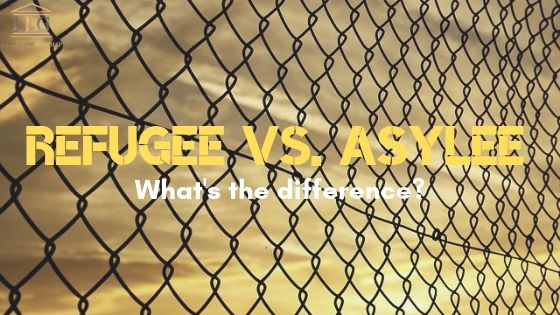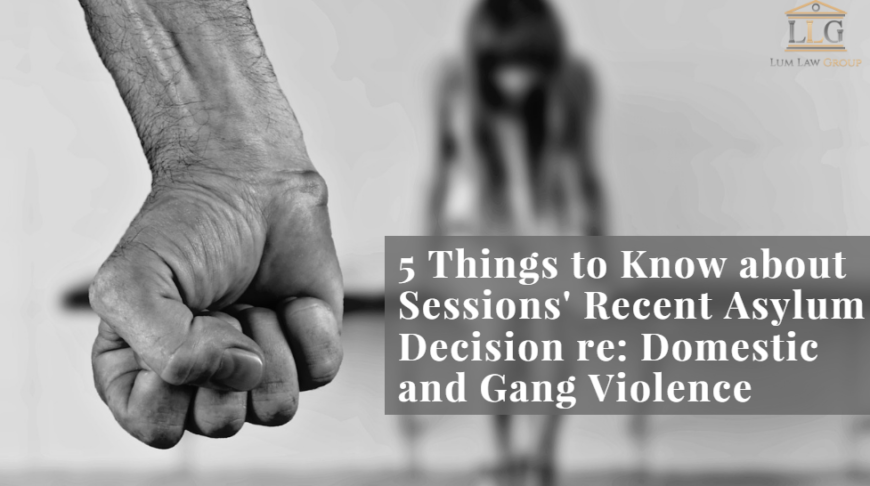Telling your story in your immigration application or petition
Storytelling might not be the first thing that comes to mind when planning your immigrant or non immigrant benefit application or petition, but it is worth considering. The United States Citizenship & Immigration Services (USCIS) forms request a great number of facts while leaving little room for explanation. As such, many self-applicants may believe they should summarize their story into a short “blurb”. We’re here to tell you this is not the case.
Regardless whether you’re trying to immigrate through family or asylum, petitioning for benefits based on hardship, or if you’re seeking nonimmigrant status via employment or investment, you should share your story. Many of our clients submitted short summaries at the beginning, expecting the chance to expand and share their narrative later at the interview—only to find the interview is based on what was submitted. The interviewer will question new information that was not initially submitted as it suggests that you fabricated additional details to your story. This may not be true, but it’s cause for suspicion.
On the opposite spectrum, you have applicants and petitions who provide too much information, drowning the reviewing officer in data and evidence. How much time do you think a USCIS employee has to review and adjudicate on your application? It’s probably less than you’d think. Hence our suggestion to submit organized and clear submission packages. Not only is there limited time to review your submission, but it might be reviewed by several people, to varying extents. Without a clear link, or narrative, to string your evidence together, your submission can be confusing at best; overwhelming at worst.
What immigration attorneys and paralegals do for you is they listen to understand your story, apply it to USCIS standards, request relevant evidence, draft your narrative for you, and organize the evidence to match your story. The result is a clear and persuasive essay. You can request to review this essay prior to submission, but it will become the “cover sheet” the attorney puts on his letterhead for your submission package. The coversheet is like the table of contents and introduction to your request, and is especially influential in long, complex cases, where the officer will exercise discretion.
If you’re not sure how your narrative can be supported, organized, and argued, don’t try to submit on your own. Don’t let your application become a question mark or headache for the reviewing officer. Hire an experienced immigration attorney to review, prepare, and organize your USCIS submission for increased clarity!




